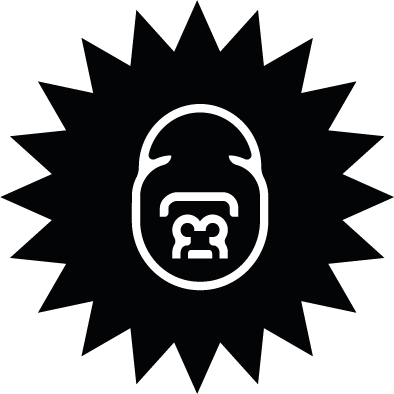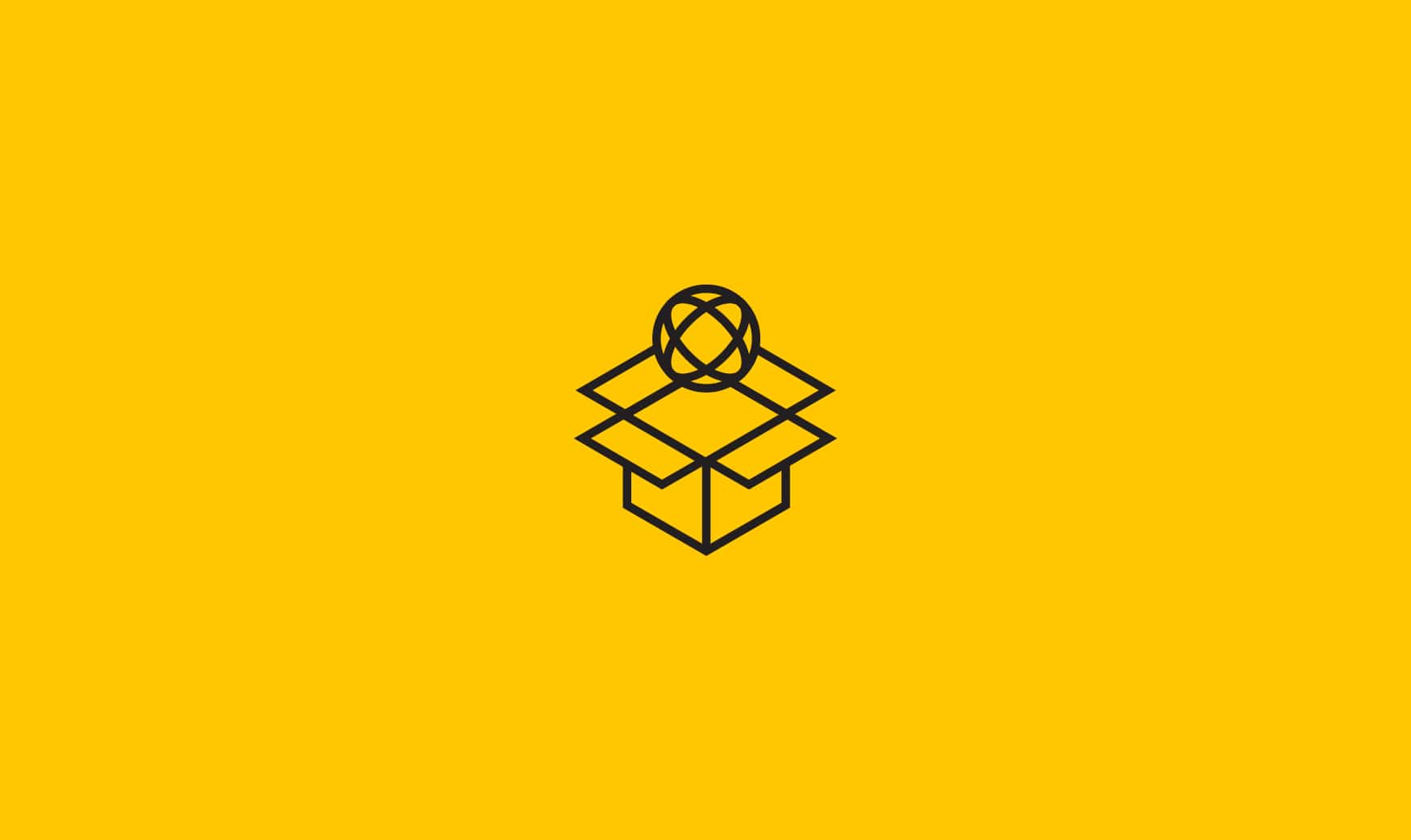A few weeks ago we wrote a post outlining the different stages of good logo design. Once the logo design is complete it is important to apply the branding across all promotional material to ensure ‘brand consistency’. Naturally web design plays a big role in this.

At Gorilla we have perfected a simple 5 step workflow. Obviously each project is different and should be treated so but these 5 basic stages will help ensure great results.
Web Design Step 1: Information gathering
As with most creative processes, the first and most important stage of web design is information gathering. A good designer will need to have a solid understanding of the company they’re creating the website for, so they’ll interview the client, asking questions about the site’s purpose, the target audience and type of content that is to be featured.
Web Design Step 2: Planning
Once all of the information has been gathered, a site map is developed, listing all of the main topic and sub-topic areas of the site. The site map is essential to developing a consistent and easy to use navigational system, which is the vital to a successful website. The web moves fast and users are impatient, so if they’re finding it difficult to get to where they want to go or sluggish sites are slowing them down, they’re unlikely to wait around. In fact the average user spends just 6 seconds scanning the homepage of your site, so a speedy site can mean the difference between a sale and a missed opportunity. Elements like CMS (content management system) and contact forms are also decided on during this stage. LINK***
Web Design Step 3: Design
Now for the fun stuff. This phase of web design is when the look and feel of the site is determined – and that all depends on the target audience. If, for example, the site is aimed at older people, increasing the size of the text will make using the website a better experience for them. Everything from colours, fonts, imagery and wording will be created with the target audience in mind- Importantly they will be designed to complement existing branding to strengthen the identity of the company. The designer will create a visual concept or ‘mock up’ so that the client can see what the end product will look like. This enables the client to offer feedback during the web design process and ensures that there is shared vision . The complex nature of web design means communication is key to build a site that performs well and everyone can be proud of.
Web Design Step 4: Development
Once everyone has agreed on the visual concept, the site is created. The designer will work closely with a developer to take the graphic elements from the prototype and create a functioning website. The collaboration of designer and developer ensures the best of both worlds- Stunning visuals and high performance. Typically, the home page is developed first, followed by the interior pages. Elements like contact forms and shopping carts are also implemented during this stage.
Web Design Stage five: Testing and delivery
The final phase is when the designer will test aspects like the functionality of forms and how the website will be displayed on different devices and across various web browsers. This includes checking that all of the code written for the site is valid. At this stage the client is given opportunity to give feedback and any necessary tweaks and changes are made. The site is now ready to be launched into the world- and start bringing in new business!
The web is constantly evolving so naturally websites require effective management to ensure that they perform at their best. At Gorilla we provide on going support as standard- to find out more or to speak to our web design team then please get in touch here.

